
A girl I knew when I was growing up always had pale skin and almost no energy. I always wondered why. Later, I discovered she was anemic. While I don’t know whether that was due to low iron in her diet or another reason, I’ve since learned that anemia is a condition where there aren’t enough healthy red blood cells to carry oxygen throughout the body. In some cases, such as with sickle cell disease or megaloblastic anemia, the red blood cells aren’t formed right, so they can’t perform their ordinary functions.
Anemia can be caused by a lack of iron, poor absorption of iron, hereditary diseases like sickle cell disease, or other nutrient deficiencies. In most cases, nutritional anemia can be cured through a proper anemia diet, and even the symptoms of more serious forms of anemia could be reduced by eating the right foods.
If you’re interested, read through the following list of the 12 best foods to eat for anemia. They include foods rich in iron and folate, as well as other nutrient-dense foods that help develop red blood cells or absorb minerals like iron.
Foods To Eat For Anemia
Strawberries
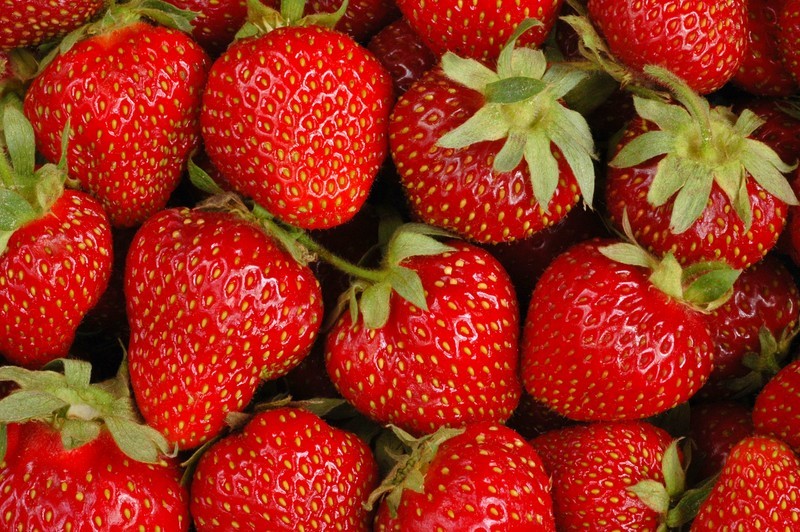
Besides being delicious and versatile, strawberries are a great source of vitamin C. This is important because vitamin C is necessary for the absorption of iron.
One cup of strawberry halves contains just 49 calories, but it’s packed with nutrients. This serving size provides 99% of the daily recommended intake for vitamin C, which is more vitamin C than is found in a small orange. A cup of strawberries also provides 3% of the daily recommendation for iron and 26% for manganese.
The manganese is interesting because higher blood serum comparatively high levels of manganese have been found in women with nutritional anemia. This indicates that too much manganese could negatively impact iron absorption. More research is needed. Meanwhile, eating strawberries might be a great idea for dealing with anemia. Just track your results and discuss them with your doctor or dietician.
Spinach
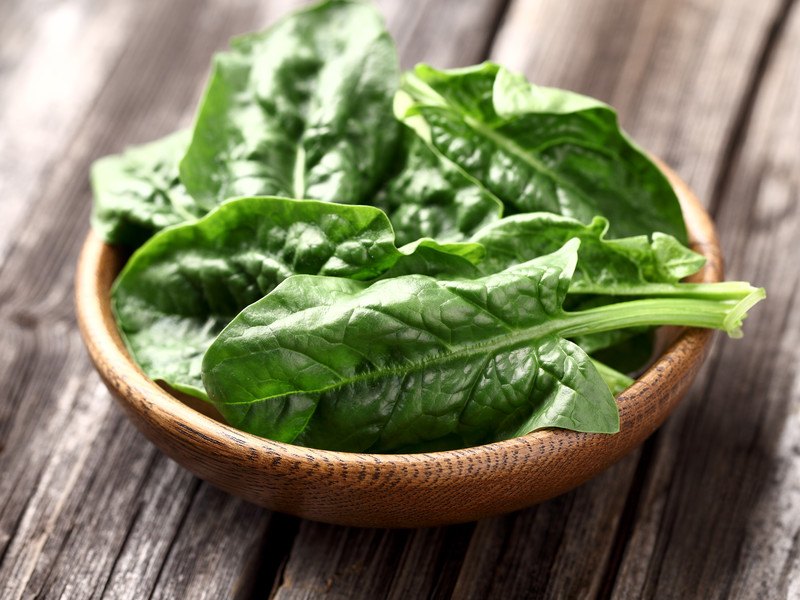
Spinach is a powerful superfood that provides both vitamin C and iron. A cup-sized serving of spinach provides 9% of the daily recommendation for vitamin C and 4% for iron.
Besides vitamin C and iron, spinach contains high levels of vitamin K (121% of the daily recommendation in one cup). While vitamin K isn’t associated with anemia, it plays a role in the clotting of blood. Since bleeding is an issue for some people with anemia, getting enough vitamin K in the diet could help control that symptom.
A cup-sized serving also contains 16% of the daily recommendation for vitamin A. Vitamin A deficiencies have been linked to iron-deficient anemia.
Spinach is also rich in folate. One cup of raw spinach provides 15% of the daily recommendation for folate. Because folate plays a role in building hemoglobin, anemia can sometimes be caused by a lack of folate in the blood. Getting enough folate through the dark, green leafy veggies like spinach could offset the folate imbalance while providing other necessary nutrients.
One nice thing about spinach is that it’s easy to mix into other foods, including soups, pastas, egg dishes, and casseroles. It makes a great fresh salad on its own or with toppings, too.
Pumpkin Seeds
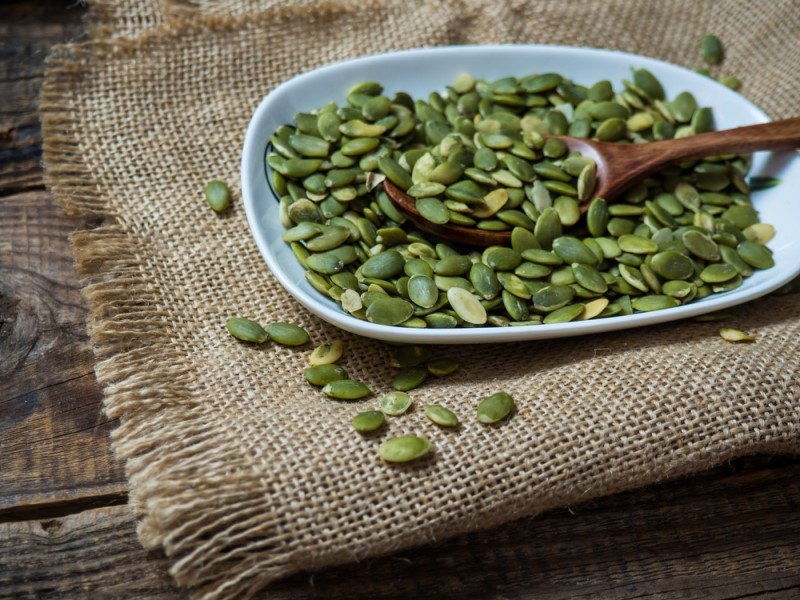
Dried pumpkin seeds or other squash seeds are great snacks for people with anemia because these seeds are loaded with iron. An ounce of dried pumpkin seeds provides 14% of the daily recommended intake for iron.
Pumpkin seeds make a nice on-the-go snack. They’re packed with nutrients and fiber, but they are a little heavy on calories. This is most likely due to the high-fat content they contain. Pumpkin seeds are one of the best plant sources available for omega-3 fatty acids. These seeds are especially high in alpha-linoleic acid. These fatty acids could have a positive effect on anemia.
An ounce of pumpkin seeds is also a good source of several B vitamins, folate, vitamin E, and it’s rich in minerals such as zinc and magnesium. Magnesium is interesting because higher levels of magnesium in the blood could improve anemia.
Lean Beef

Lean beef and other red meats are excellent sources of iron. For example, four ounces of 95%-lean ground beef provides 15% of the daily recommendation for iron, and a restaurant-sized portion of sirloin steak contains 24%.
Besides iron, beef is rich in several B vitamins, including cobalamin, which is also known as vitamin B12. Cobalamin plays a role in the development of hemoglobin, and a vitamin B12 deficiency is associated with anemia. A four-ounce serving of lean ground beef provides 105% of the daily recommendation for this nutrient, as well as 52% for zinc and 36% for selenium. Both zinc and selenium deficiencies have been linked to the possibility of developing anemia. This is because zinc is needed for proper iron absorption, and selenium fights oxidative stress in a way that helps reduce the risk of anemia.
Beans
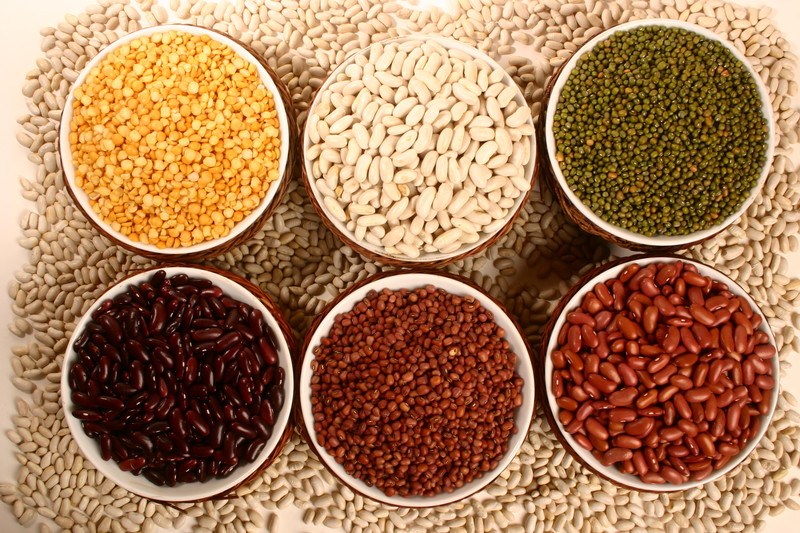
Beans are superfoods for many reasons. While they’re relatively high in carbs, they have a high fiber content, and they’re loaded with protein and minerals. This includes iron. One cup of black beans provides around 54% of the daily recommendation for iron. A cup-sized serving of pinto beans provides about the same amount.
Potassium is helpful for absorbing iron, and beans are rich in this nutrient, too. A cup of black beans provides around 61% of the daily recommendation for potassium, and a cup of pinto beans provides around 57%.
One type of anemia, called megaloblastic anemia, can be treated during childhood with high doses of vitamin B1 (thiamin). Beans shine here, too. A cup of black beans provides 146% of the daily recommendation for thiamin.
Citrus Fruits
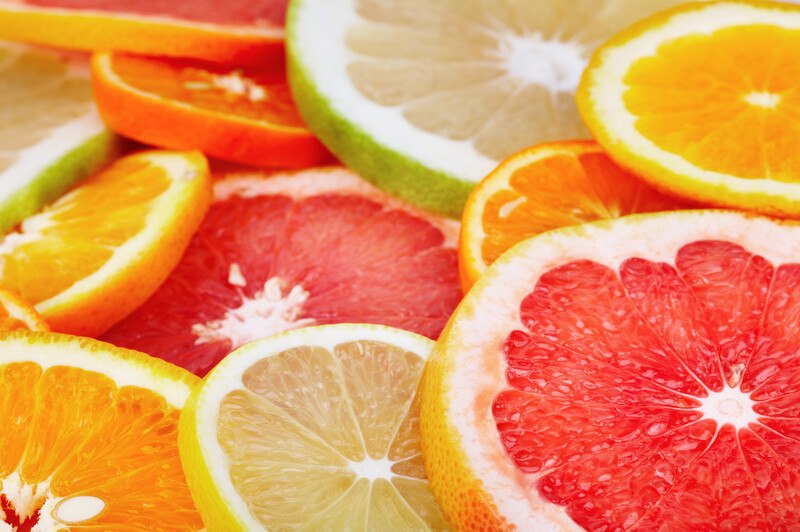
Citrus fruits could be one of the first things that come to mind when you’re thinking about vitamin C. It’s true that citrus fruits are generally high in vitamin C, and pairing them with iron-rich foods could help increase iron absorption.
One orange provides 91% of the daily recommendation for vitamin C. Half a grapefruit provides 53%, and a lemon provides 38%. Oranges are also rich in folate and thiamin.
One nice thing about citrus fruits is that they’re a perfect grab-and-go snack. They’re easy to pack, they stay fresh easily, and their peel makes a perfect wrapper that keeps the fruit inside it safe.
Pistachios

While raw pistachios don’t have quite the same mineral impact as pumpkin seeds do, they still have a nice nutrient profile of their own. An ounce of raw pistachios provides 6% of the daily recommendation for potassium, zinc, and iron, as well as 21% for thiamin. Pistachios are also a good source of folate, selenium, and magnesium.
Pistachios provide a decent amount of vitamin B6, also called pyridoxine, too. Like many other vitamins and minerals, pyridoxine is involved in the process of creating hemoglobin, and a deficiency could contribute to the development of anemia.
The form of pyridoxine matters, though. Supplementing vitamin B6 in the form of pyridoxine hydrochloride doesn’t seem to help improve anemia, but taking it as pyridoxal 5-phosphate does help alleviate anemia. Getting enough vitamin B6 through natural sources like pistachios could be the most beneficial way.
Broccoli
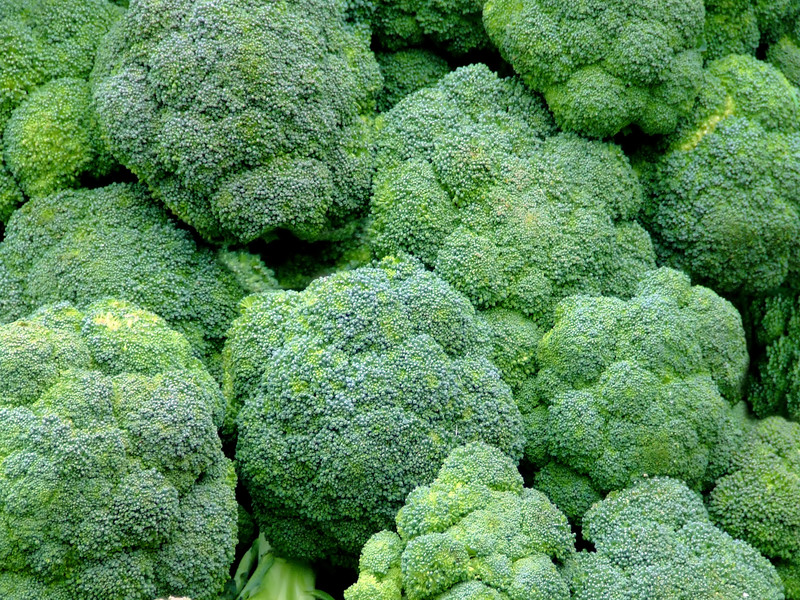
Broccoli is well known for its powerful nutritional profile. This dark green cruciferous vegetable is low in calories, rich in fiber, and it contains several vitamins and minerals that could help with anemia.
A cup-sized serving of raw, chopped broccoli provides 90% of the daily recommendation for vitamin C, 14% for folate, 12% for pyridoxine, 77% for vitamin K, and 5% for thiamin. It also provides 4% of the daily recommendation for iron, 6% for potassium, 5% for magnesium, and 4% for selenium.
Broccoli is great in soups, salads, side dishes, and stir-fried meals. Raw broccoli is also great when it’s served as a fresh veggie with a dipping sauce.
Split Peas
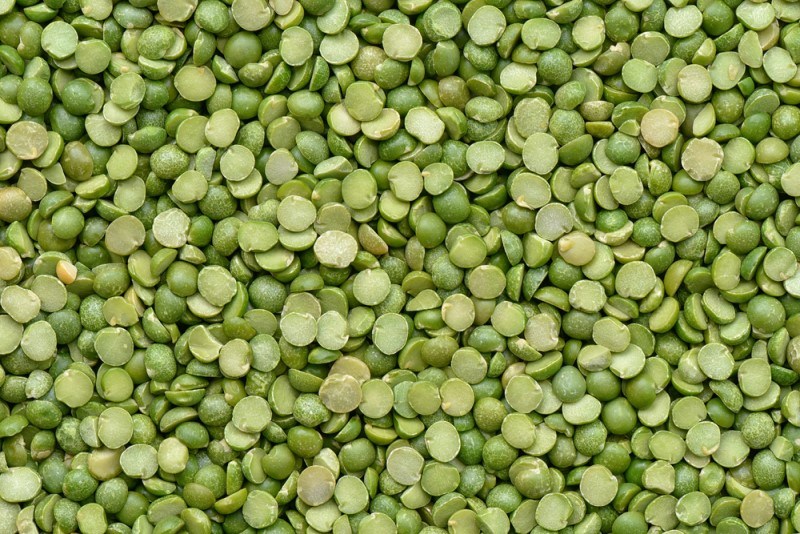
Like beans, split peas are high in fiber and protein, low in fat, and rich in vitamins and minerals that could help combat anemia. It’s especially rich in iron. A cup of split pea soup provides 10% of the daily recommendation for iron, as well as 4% for potassium, 16% for selenium, and 15% for zinc. The balance of iron with other minerals that help with proper iron absorption is one of the best I’ve seen.
Split peas are also a good source of several B vitamins, including thiamin, riboflavin, niacin, and vitamin B6.
Peppers

Peppers are great for anemia because, as a whole, they’re extremely rich in vitamin C. For example, a cup of raw, red sweet peppers contains 213% of the daily recommendation for vitamin C, while a cup of raw banana peppers contains 114%, and a cup of raw jalapeno slices provides 119%.
Peppers have other nutrients that help absorb iron, too. A cup of red sweet peppers provides a substantial amount of folate, vitamin B6, thiamin, potassium, magnesium, and zinc. It also provides 4% of the daily recommendation for iron.
One interesting thing about hot peppers is that capsaicin—the compound that makes them spicy—could be useful for treating the symptoms of sickle cell anemia.
Cashews

Like pistachios and pumpkin seeds, cashew nuts are a great take-along snack. They’re high in protein, fiber, healthy fats, and minerals like iron.
An ounce of raw cashews provides around 10% of the daily recommendation for iron. Cashews are another food where the iron content is balanced by other nutrients that aid in iron absorption. An ounce of cashews contains 4% of the daily recommendation for potassium, 10% for thiamin, 9% for pyridoxine, 8% for vitamin K, 21% for magnesium, 10% for selenium, and 15% for zinc.
Aged Garlic
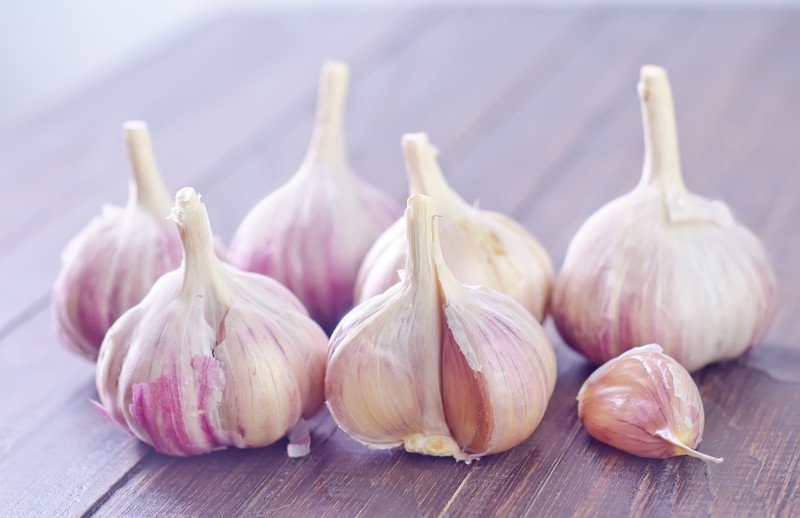
Garlic is good for many medical issues ranging from lowering blood pressure to fighting the common cold. When it comes to anemia, aged garlic is particularly helpful for combatting sickle cell disease. This is because it helps to prevent dehydration of sickle cells. This is due in large part to garlic’s potent antioxidant activities.
As an herb used in cooking, garlic would seem to be more of a spice than a vegetable. However, it does have a tiny but significant nutrient profile that could help nutritional anemia, too. An ounce of garlic provides 3% of the daily recommendation for vitamin C and 5% for selenium.
Three Fun Food Combinations To Try Immediately
Now that you’ve read through the list of the 12 best foods to eat for anemia, it’s time to look at the best food combinations for an anemia diet. I’ve listed three of my favorites below, but the basic rule is to combine high-iron foods with foods containing nutrients that promote iron absorption.
Combination #1: Pumpkin Seeds With An Orange
This combination works great for an on-the-go lifestyle. Both pumpkin seeds and oranges are easy to pack and easy to eat, and they’re nutrient-dense foods. The pumpkin seeds provide iron, other minerals, and omega-3 fatty acids, while the orange provides a decent boost of vitamin C and folate.
Combination #2: Beef Stir-Fry
Stir-fry chunks of lean beef with pieces of broccoli, chunks of sweet peppers, a handful of chopped cashews, and a spoonful of aged garlic, along with other chopped veggies. This meal provides a nice balance of minerals and vitamins for fighting anemia.
Combination #3: Spinach Salad
Like a beef stir-fry, even a basic version of a spinach salad is a great place to start nutritionally. You can make it more interesting, tasty, and nutrient-dense by topping raw spinach leaves with pumpkin seeds, strawberry slices, pepper slices, and cooked black beans.

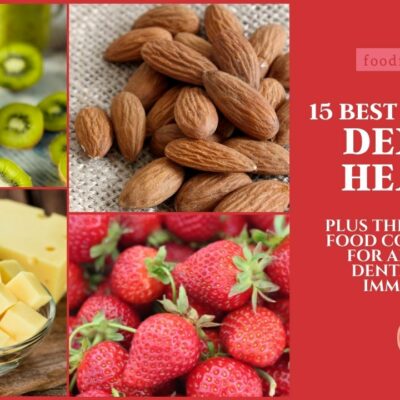
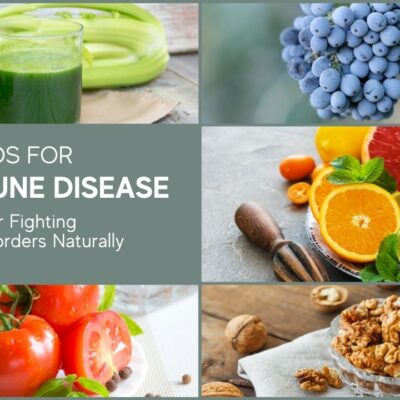
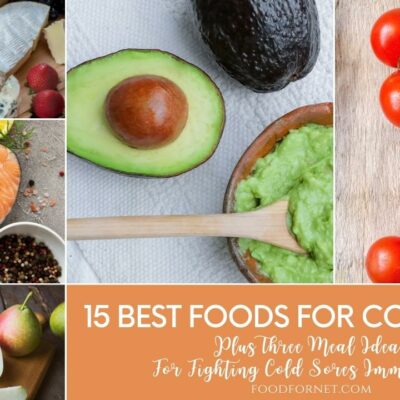
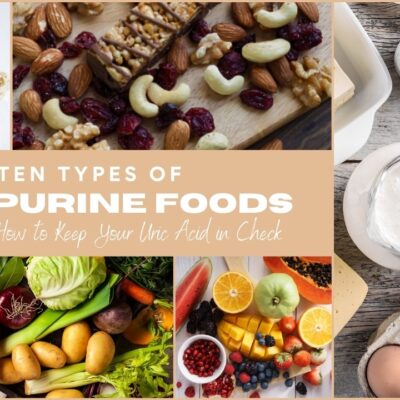
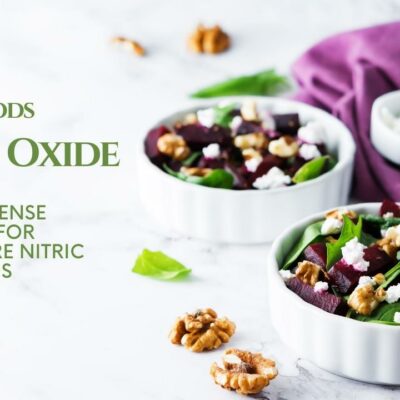
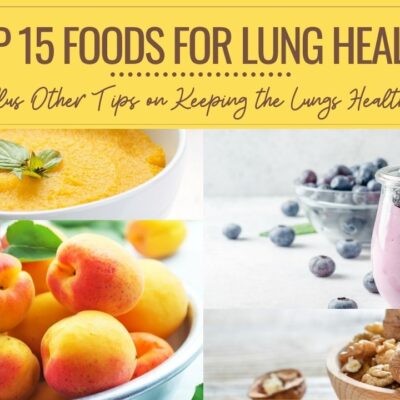
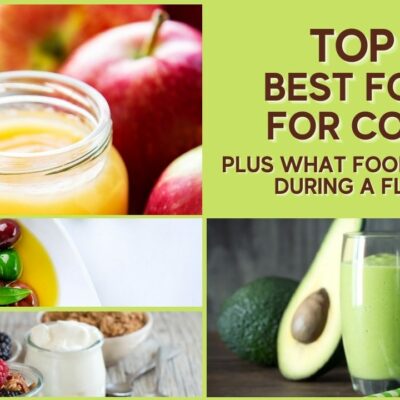


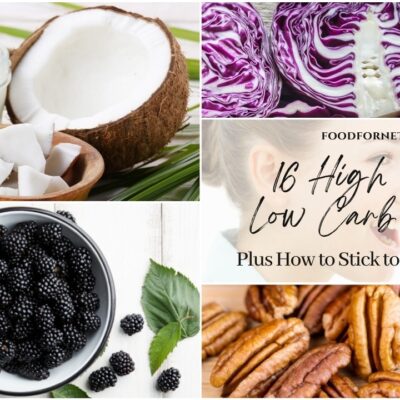

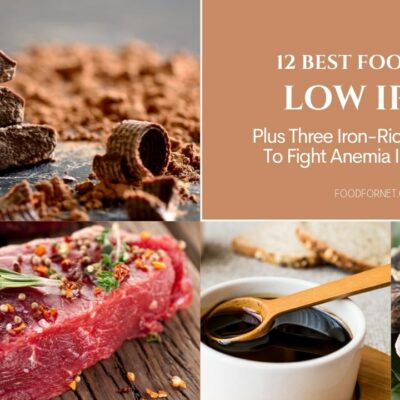
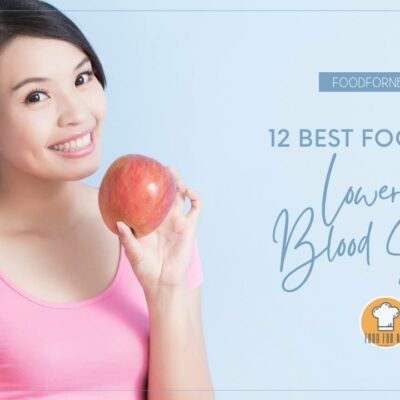
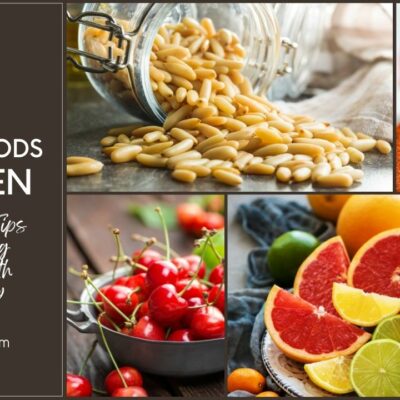
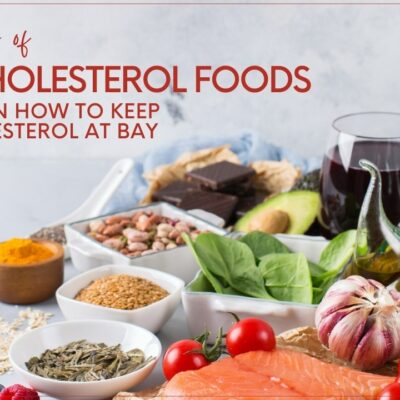
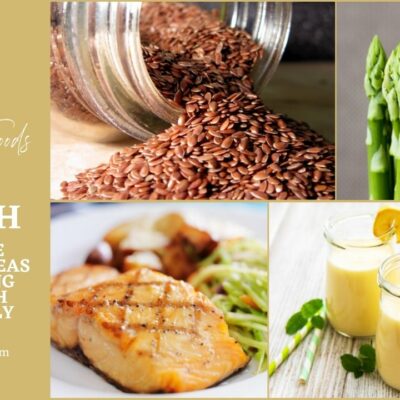
 Thanksgiving Drinks That You Can Serve At Home
Thanksgiving Drinks That You Can Serve At Home
Would like to have some more good food stir anemia